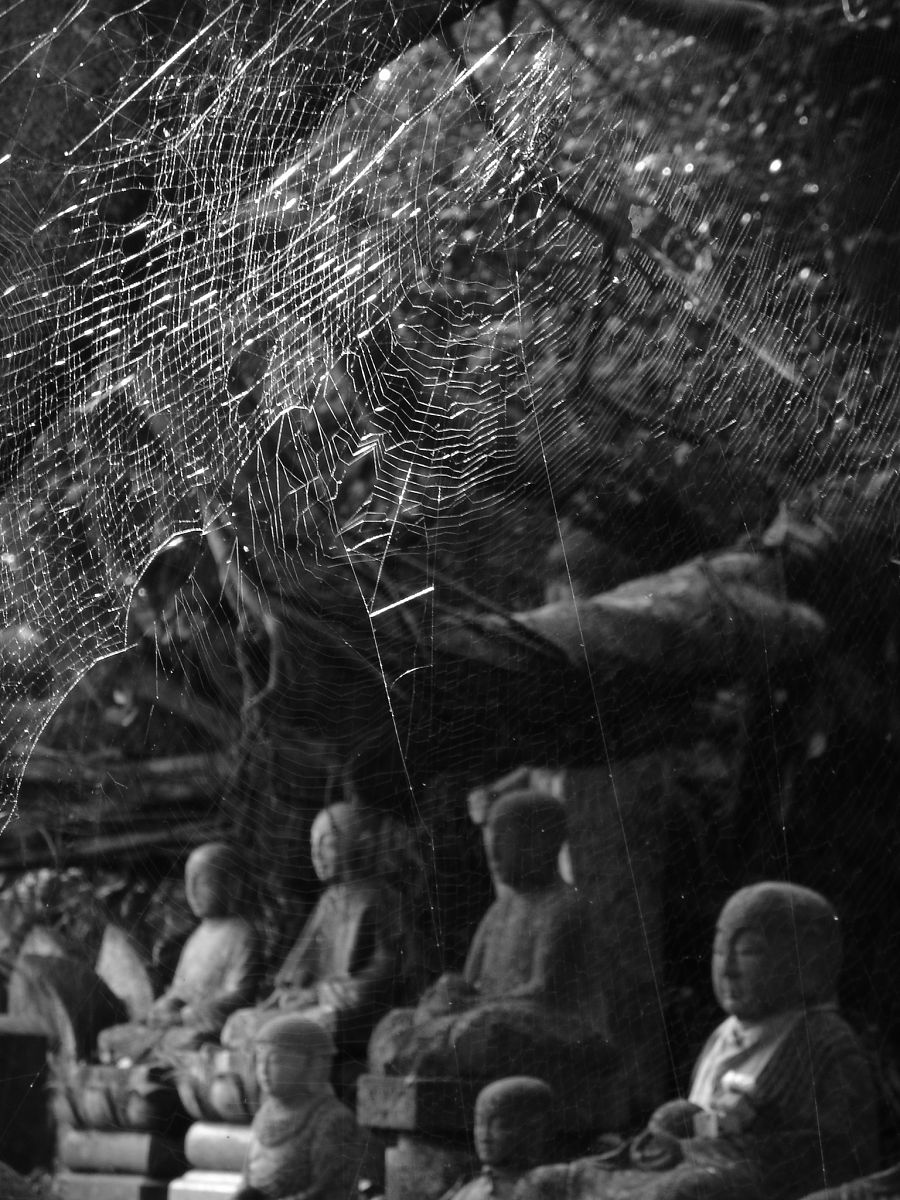
Wild lives…[Joro-gumo], Nephila clavata (Tetragnathidae)
Diary 2008.11.18
Kamiyama is a far cry from the hectic life of the big city. At first it may seem like there`s nothing going on, until you step outside with an armful of wet laundry and go face first straight into a large and very strong spider`s web. As you clear the debris from your mouth and check the back of your neck for the culprit, all you can think is `who put that there?`
Nephila clavata (Tetragnathidae) [Japanese name : Joro-gumo]
September/ October/ November seem to be the time when this species of spider really becomes abundant, every body I know remarks on this large and spectacularly coloured Japanese arachnid. The adult female is marked all over with bands of lemon yellow and soft blue, on the underside of her abdomen is a splodge of cherry-red.
The large orb webs often measure a metre in diameter. The web has 3 layers: the central orb, plus 2 irregular layers in front and behind. This gives the web a three dimensional structure which adds to it`s strength. Every morning webs are created in every possible pitch spanning between electricity cables, in between every branch of a tree, or across a door frame. In the centre of each web sits a plump brightly-coloured spider between 20-30mm long. Each day the spiders seem to be a little bit bigger and fatter. I can`t help but notice the amount of insects which are caught and devoured, especially in areas around lights.
Along with remnants of insects and the main occupant there are usually one or two other much smaller, drabber spiders waiting in or around the edges of the web. These could easily be another very daring species, but they are in fact males waiting for the chance to mate with the female. When the female spider is ready to lay her eggs she attaches them with a special silk to the trunk of a tree, the side of a building or, even to the underside of a leaf.
With the onset of winter the adult spiders die off and the eggs lay dormant throughout the winter. When the temperature rises again around May-time the tiny spiders hatch out and the life cycle starts once again.
Disclamer; Wild lives is intended to be a `snap shot`. Japan has a large selection of very informative Natural history literature, all written in Japanese, so I am afraid all my sources are first hand observations or information from the internet. If you find any inaccuracies, I would be very pleased to hear from you c/o in-kamiyama.
http://en.wikipedia.org/wiki/Nephila_clavata
http://ja.wikipedia.org/wiki/%E3%82%B8%E3%83%A7%E3%83%AD%E3%82%A6%E3%82%B0%E3%83%A2
http://www.cyberoz.net/city/sekine/zukax301.htm

emma
Art school graduate and former prop maker from the UK. Emma now lives in Kamiyama where she works as an assistant language teacher in six local schools.
Articles by emmaTo comment
コメントを残す
“Diary”Latest bulletin
“Diary” archives- Aki Rika (12)
- Chan (11)
- Claire Tanaka (3)
- Folklore and History (1)
- Karin van der Molen (13)
- Rakuon Rakujitsu (1)
- Taste of Kamiyama (4)
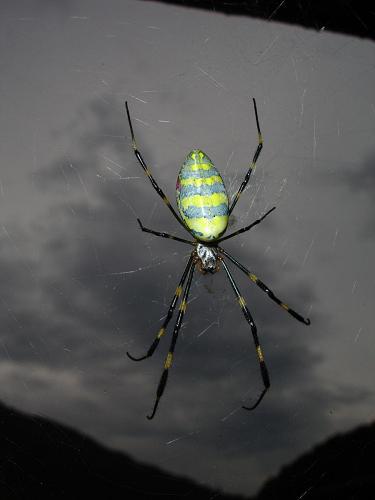
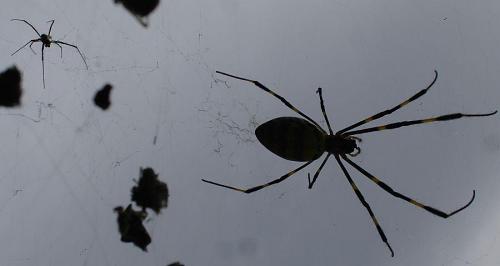
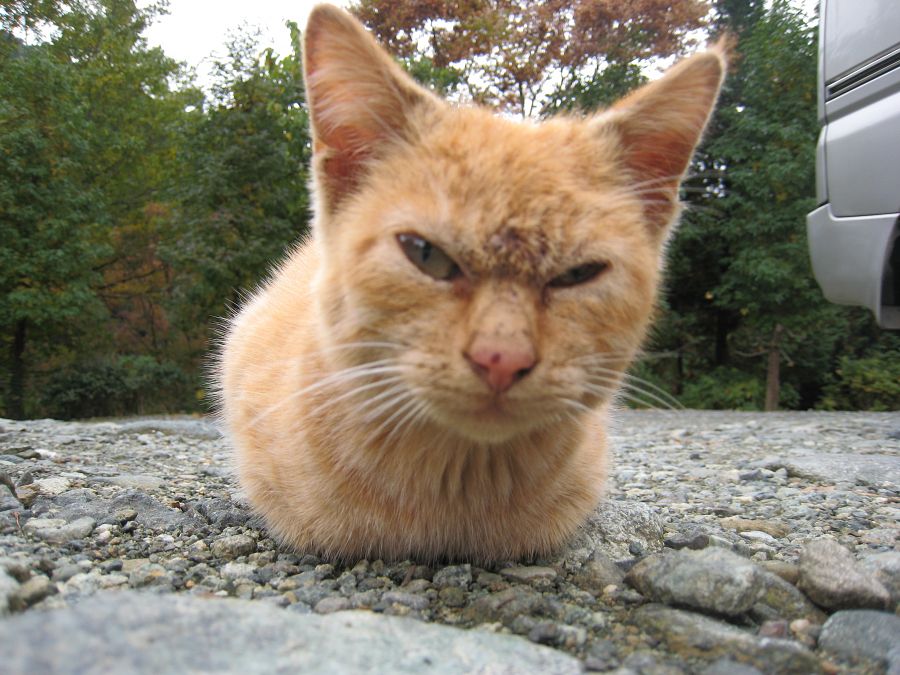
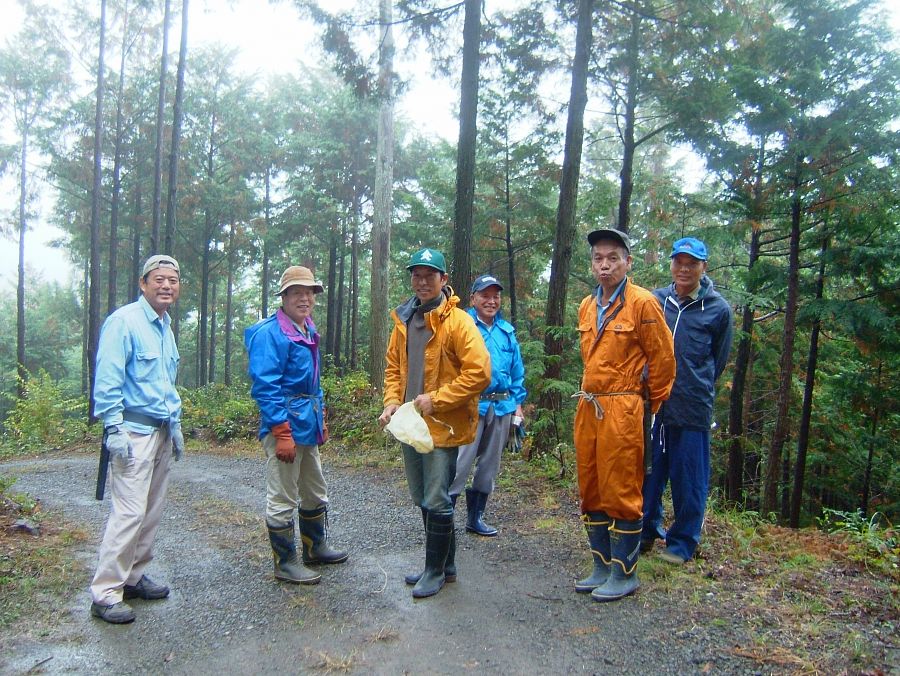
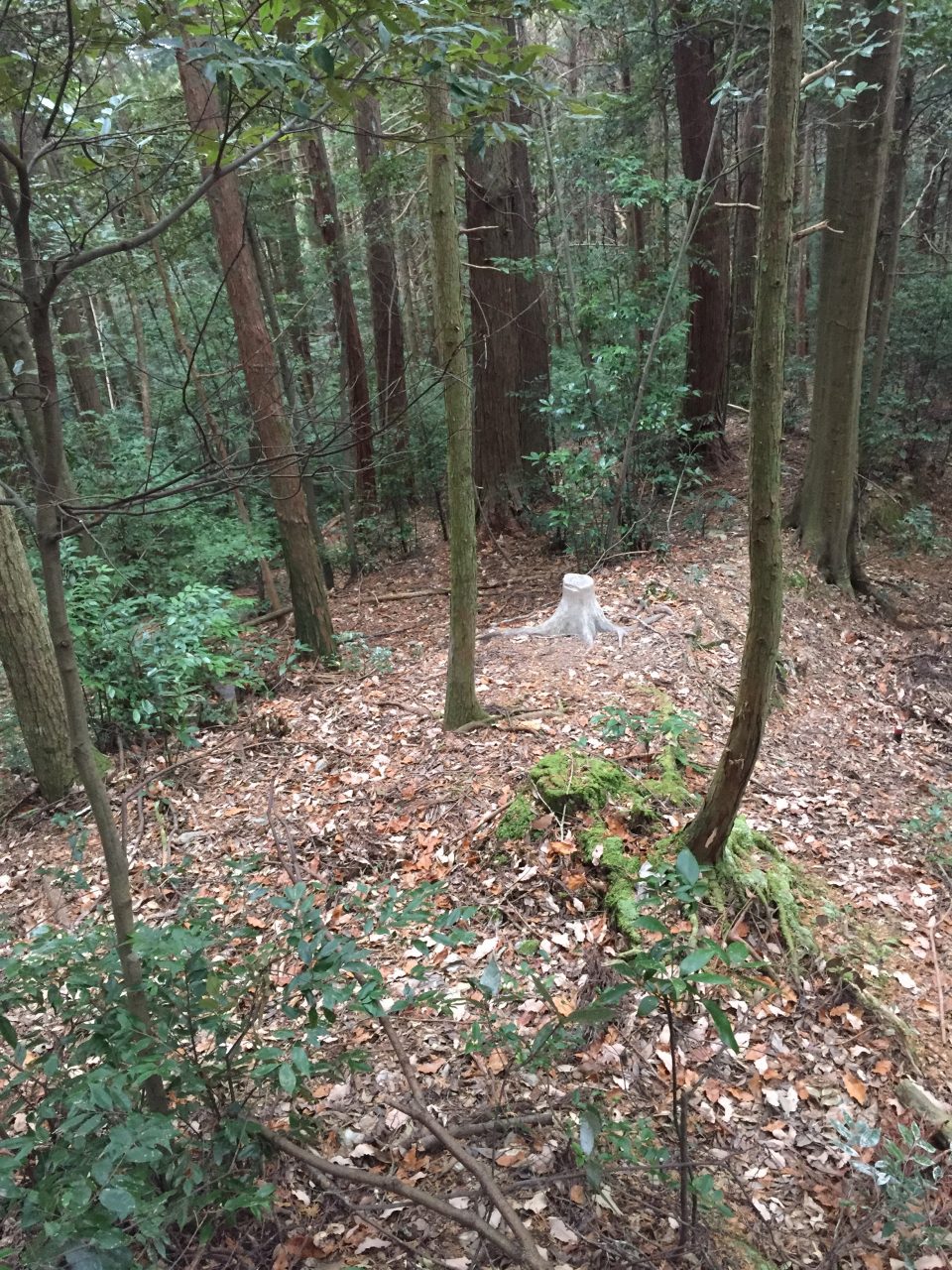



Comments
Beautiful pictures !......(Shinya)
11/18/2008 11:44 AM | 大南 信也
I agree - lovely pictures!!
11/18/2008 2:46 PM | Claire
I hope someone translate this in japanese for me . any way nice pictures !!! I don't say you obaka-san any more .
11/18/2008 12:02 AM | nikolai